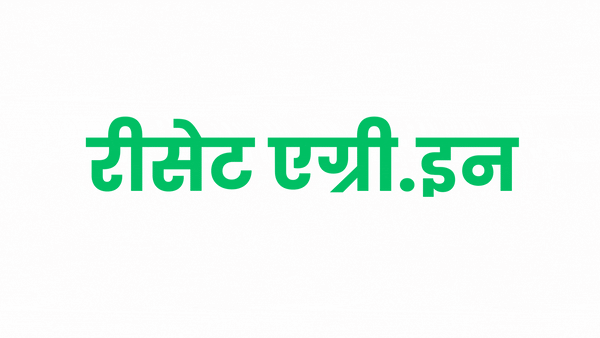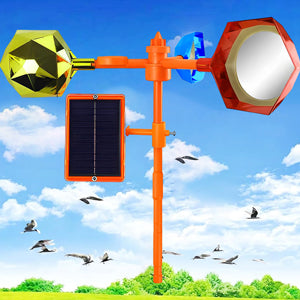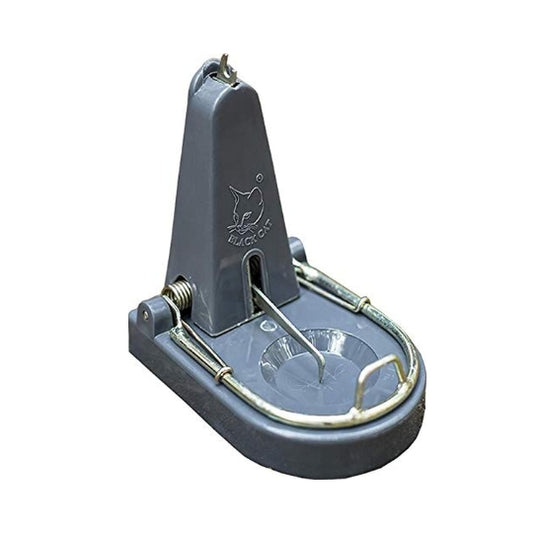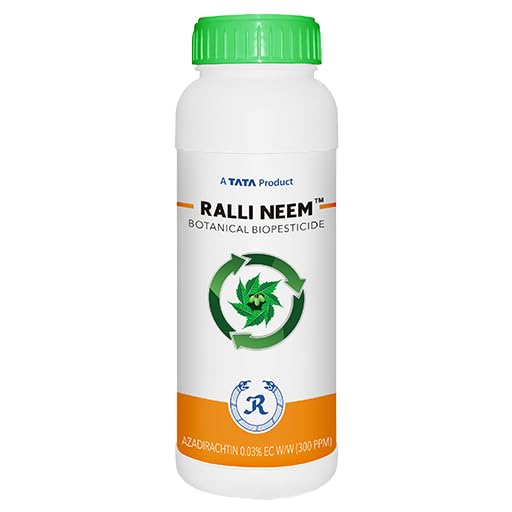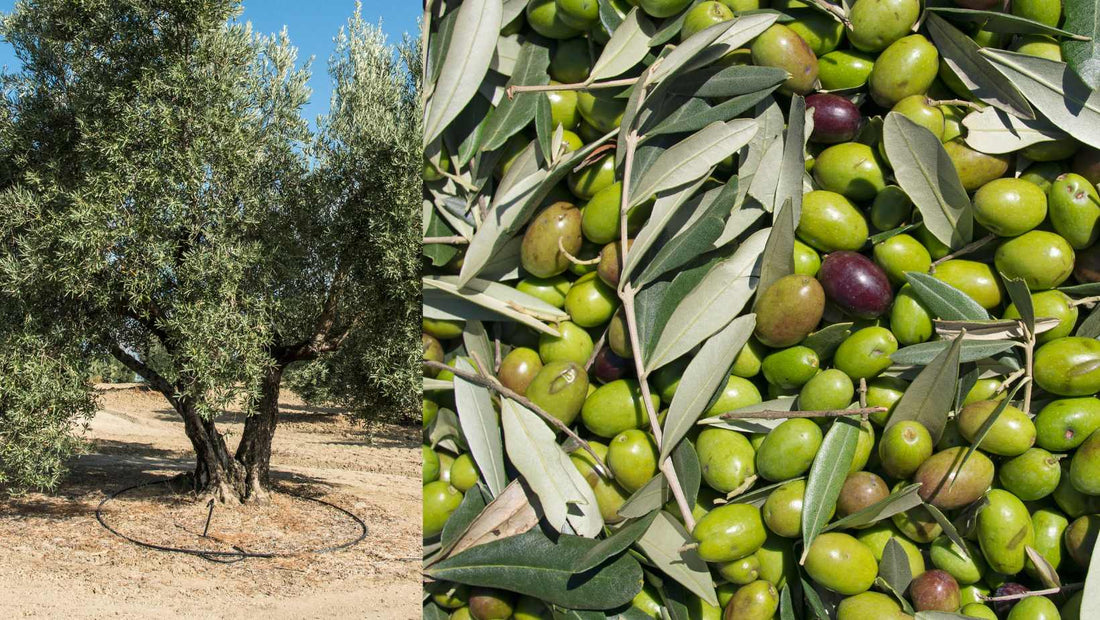
Answering all FAQs on Olive cultivation in India!
Share
Olive farming, a centuries-old agricultural tradition in the Mediterranean region, has found its roots in the diverse landscape of India. While India may not be the first country that comes to mind when thinking of olive production, it has embraced this ancient crop and is nurturing a burgeoning olive industry. The introduction of olive cultivation to India, primarily in regions such as Rajasthan, Jammu and Kashmir, Uttar Pradesh, and Himachal Pradesh, represents a significant agricultural shift. This transition has been fueled by the potential for high profitability, the health benefits associated with olives and olive oil, and the adaptability of olive trees to various Indian climates and soils. As Indian farmers and horticulturists explore the opportunities presented by olive farming, they are not only contributing to the country's agricultural diversity but also capitalizing on the rising global demand for this versatile and nutritious fruit. Here we are answer FAQS on Olive cultivation in India.
One can read full article on Olive farming in India by clicking here.
1. What is an olive tree, and where is it native to?
- An olive tree is an evergreen tree or shrub native to regions in the Mediterranean, Asia, and the African continent.
2. When did olive cultivation start in India?
- Olive cultivation in India began in 2007 when the Mediterranean plant was introduced in the state of Rajasthan.
3. What is the primary purpose of cultivating olives?
- Olives are primarily cultivated for the production of olive oil. Approximately 90% of olive oil is extracted from the olive fruit.
4. What are the health benefits of olives?
- Olives have several health benefits, including controlling cholesterol levels, regulating blood pressure, being a good source of vitamin E, providing dietary fiber, containing antioxidants, helping control Alzheimer's, preventing blood clots, potentially preventing cancer, enhancing fertility, and strengthening the immune system.
5. In which Indian states is olive cultivation gaining popularity?
- Olive cultivation is picking up in states like Rajasthan, Jammu and Kashmir, Uttar Pradesh, and Himachal Pradesh. Rajasthan, in particular, has announced subsidy programs to support olive cultivation.
6. What are the major types/varieties of olives in India?
- There are two major types of olives in India: Pickle type (Mission, Cornicobra, Ascolano, Grosseune, Picholine) and Oil type (Coratina, Canino, Aglandeau, Frontoio, Carolea, Pendolino, Ascolanaterena).
7. What climate and soil conditions are suitable for olive farming?
- Olive cultivation requires a warm to subtropical climate, with an optimum temperature range of 15°C to 20°C. The crop should be grown in well-drained, deep, loamy or clay loam soils with a pH range of 6 to 7.5.
8. How can olives be propagated in olive farming?
- Olives can be propagated through seeds or cuttings. Seed propagation involves collecting partially ripe fruits in September to October, while cutting propagation uses 10-15 cm cuttings with 3-4 nodes.
9. What is the ideal planting time and spacing for olive farming in India?
- Planting time depends on the region. In irrigated areas, it's ideal to plant in January to February, while in areas with no irrigation and prolonged drought, planting should be done in July to August. Planting distance varies based on soil type and irrigation practices.
10. How should olive trees be cared for, including irrigation, weed control, and pruning? - Olive trees require about 100 cm of well-distributed rain during their growth. Regular weeding and mulching help increase fruit yield and quality. Pruning should be carried out immediately after harvesting to encourage new growth, and proper training of the tree is essential.
11. What fertilizers and manures are recommended for olive farming? - Fertilizer recommendations for one-year-old olive trees include farmyard manure, N:P:K, superphosphate, calcium ammonium nitrate, and muriate of potash. These amounts should be increased annually until the 10th year.
12. What pests and diseases can affect olive farming, and how can they be controlled? - Olive trees can be susceptible to diseases like root rot, leaf spot, olive knot, and more. For control measures, it's advisable to consult with local horticulture or agriculture departments.
13. When is the right time to harvest olives in India, and what methods are used? - Olives should be harvested at the right time to maintain quality. The optimal time varies depending on the type of olive, but hand-picking or mechanical methods can be used.
14. What can farmers expect in terms of olive yield and profitability in India? - Olive cultivation is expected to be profitable in India, with potential yields depending on various factors. In regions like Rajasthan, it is expected to yield around 5 times more profit per hectare than wheat farming.
15. What are the local names for olives in India?
- Olives are known by various local names in India, including Jaitun, Jalapai (Hindi), Aliv, Julipe (Kannada), Oliv (Gujarati), Zeitun (Urdu), Olibh, Jalpai (Bengali), Oleevu, Oli (Malayalam), Jaitun (Punjabi), Saidun (Tamil), Olives (Telugu), and Jalphai (Assamese).
16. What is the significance of olive farming in Rajasthan, India?
- Olive farming has gained significance in Rajasthan due to its potential for high profitability. The state government has introduced subsidy programs to support olive cultivation, and it is considered a promising agricultural endeavor.
17. Can olive trees be grown at high altitudes in India?
- Yes, olive cultivation can be carried out at altitudes of up to 1500 meters above sea level in India, provided that the climate and temperature requirements are met. Altitude suitability may vary by region.
18. How should olive trees be irrigated during their growth stages?
- Olive trees require about 100 cm of well-distributed rainfall during their growth period. Irrigation should be provided as needed, with specific attention to periods before flowering, after blooming, and after fruit set.
19. What are the recommended methods for controlling weeds in olive farming?
- Effective weed control in olive farming can be achieved through regular weeding and mulching. The use of herbicides such as Glyphosate and Simazine + Diuron can also help control weeds.
20. What are some common pests and diseases that olive trees in India may face?
- Olive trees can be affected by various diseases like Root Rot, Leaf Spot, Diplodia Canker, Olive Knot, Peacock Spot, Phytophthora Crown and Root Rot, and Verticillium Wilt. Local horticulture or agriculture departments can provide guidance on control measures.
Related Articles
21. What is the expected oil content in olive stones in India?
- An average of 22 to 25% oil content can be expected from olive stones in India. The oil content may vary based on factors such as cultivar and crop management.
22. What is the bottom line regarding olive farming in India?
- Olive cultivation in India, particularly in Rajasthan, has the potential to be highly profitable, offering up to five times the profits of wheat farming per hectare. The successful pilot project in Rajasthan has encouraged the expansion of olive farming in the region.
23. What is the role of temperature in olive cultivation?
- Temperature plays a crucial role in olive cultivation. The ideal temperature range for olive farming is 15°C to 20°C. Prolonged dry and hot spells, as well as frost conditions, can impact the success of olive cultivation.
24. What are the different systems used for layout in olive farming?
- Various planting systems can be used in olive farming, including rectangular, square, triangular, and contour systems. The choice of planting system depends on factors such as the olive cultivar, rootstock used, and the topography of the land.
25. How should olive trees be pruned and trained to encourage healthy growth?
- Pruning olive trees is essential for maintaining their health. Pruning should be carried out after harvesting to stimulate new growth. Dead or injured branches should be removed regularly. Olive trees should also be properly trained to support their growth.
26. What is the recommended method for harvesting olives in India?
- While hand-picking is the preferred method for harvesting olives due to its positive impact on oil quality, mechanical methods can also be used to make the process more efficient. Harvesting should be done at the right time to maintain the quality of the olives.
27. How can farmers make olive farming more profitable in India?
- To maximize profitability in olive farming, farmers can focus on factors such as crop management, soil quality, and climate conditions. Proper care and maintenance of olive trees, including pruning, fertilization, and irrigation, can contribute to higher yields and better quality olives.
28. Can you provide more details on the process of propagating olives through seeds and cuttings?
- Propagating olives through seeds involves collecting partially ripe fruits, separating the stones, and sowing them in raised nursery beds. Cuttings can be collected from the parent tree, treated with specific hormones, and planted in a mist chamber to promote root development.
29. How can olive trees be protected from pests and diseases in India?
- Protecting olive trees from pests and diseases may involve the use of appropriate pesticides and preventive measures. Consulting with local horticulture or agriculture departments can help farmers identify and address specific issues.
30. What is the significance of olive oil production in India and its impact on the international market?
- India's olive oil production is gaining importance in the international market due to its increasing cultivation. Olive oil, known for its health benefits, is in high demand globally. India's entry into olive oil production contributes to this demand and opens up opportunities in the international market.
31. Can olive farming be a sustainable agricultural practice in India?
- Olive farming has the potential to be sustainable in India, particularly in regions with suitable climate and soil conditions. It can offer farmers a profitable alternative to traditional crops, and its health benefits make it a valuable addition to the agricultural landscape. However, sustainable practices should be followed to ensure its long-term success.
32. What is the role of rainfall in olive farming, and how much is required?
- Olive trees require about 100 cm of well-distributed rainfall during their growth period. Adequate and timely rainfall is essential for healthy olive tree growth and fruit development.
33. How does olive farming impact the environment and soil quality?
- Olive farming, when managed sustainably, can have a positive impact on soil quality by enhancing its fertility and structure. Additionally, olive trees contribute to environmental sustainability by acting as carbon sinks and reducing soil erosion.
34. Are there any government initiatives or subsidies available for olive farmers in India?
- Yes, some state governments in India, like Rajasthan, have introduced subsidy programs to support olive cultivation. These initiatives aim to encourage and promote olive farming among Indian farmers.
35. What is the ideal pH range for soil in olive farming?
- The ideal soil pH range for olive farming is 6 to 7.5. This pH range provides a suitable environment for good quality olive production and higher yields.
36. How long does it take for olive seeds to germinate?
- Olive seeds generally start germinating with the onset of spring, which occurs several weeks after planting. The specific germination period can vary depending on various factors.
37. Can you explain the role of rootstock in olive cultivation?
- Rootstock selection is essential in olive cultivation, as it can influence the growth and characteristics of the olive tree. Wild olive seedlings are often used as rootstock for propagating commercial olive varieties, and rootstock selection can affect factors like disease resistance, adaptability, and growth habits.
38. What is the economic outlook for olive farming in India in the coming years?
- The economic outlook for olive farming in India is positive, with the potential for significant profitability and growth. As olive cultivation expands and becomes more established, it is expected to contribute positively to the agricultural sector in India.
39. Are there any specific challenges or risks associated with olive farming in India?
- Challenges in olive farming in India can include adapting to new crops, climate variability, and the need for sustainable farming practices. Additionally, the susceptibility of olive trees to diseases and pests should be carefully managed.
40. How can olive farmers in India access resources and support for their cultivation efforts?
- Olive farmers in India can seek support and resources from local horticulture and agriculture departments, as well as through government initiatives and agricultural extension services. Collaborating with experts and joining agricultural associations can also provide valuable guidance and assistance.
41. Are there any initiatives to promote the consumption of olive oil and olives in India?
- The promotion of olive oil and olives in India often involves marketing campaigns, cooking demonstrations, and education about the health benefits of these products. These initiatives aim to increase the consumption of olive-based products in the country.
42. Can you explain the differences between the pickle type and oil type olives in India?
- Pickle type olives are typically used for pickling and consumption as table olives. Oil type olives, on the other hand, are primarily cultivated for the extraction of olive oil. Different varieties are suited to these purposes, and the choice depends on the intended use of the olives.
43. How can olive farmers manage irrigation effectively to ensure optimal growth?
- Effective irrigation management in olive farming involves providing water as needed, especially during dry and hot periods. Timely irrigation, matching water requirements, and avoiding waterlogging are key considerations for successful olive cultivation.
44. Can you explain the process of olive oil extraction from olives in India?
- Olive oil extraction involves several steps, including harvesting ripe olives, washing and crushing them, separating the oil from the pulp, and finally, refining the oil. Different methods, such as cold pressing or mechanical extraction, can be used to obtain olive oil.
45. How do olive farmers protect their crops from adverse weather conditions like frost or prolonged dry spells?
- Olive farmers can protect their crops from frost by using frost protection measures like wind machines, heaters, or sprinkler systems to increase air temperature around the trees. For prolonged dry spells, effective irrigation management is essential to ensure the trees receive adequate water.
46. What are the international markets where Indian olive oil is in demand?
- Indian olive oil is in demand in various international markets, including those in the Middle East, Europe, and North America. These regions appreciate the quality and health benefits of Indian olive oil.
47. Are there any specific olive farming practices in India that are unique or distinct from other regions?
- Olive farming in India may involve unique practices or adaptations tailored to local conditions, including climate, soil, and pest pressures. These adaptations may vary from region to region within India.
48. What is the expected timeline for an olive tree to start producing olives for harvest after planting?
- The timeline for an olive tree to start producing olives for harvest can vary. Generally, it may take several years, often around 3 to 5 years or longer, depending on factors like tree age, variety, and growing conditions.
49. How does the taste of Indian olive oil compare to olive oils from other regions?
- The taste of Indian olive oil can vary based on factors such as the olive variety, climate, and soil. Olive oil from different regions may have unique flavor profiles, and the taste of Indian olive oil can be distinctive and appreciated for its qualities.
50. What is the role of local cooperatives and agricultural associations in supporting olive farmers in India?
- Local cooperatives and agricultural associations can play a crucial role in providing resources, knowledge sharing, and collective support for olive farmers in India. They can facilitate access to information, funding, and market opportunities, benefiting both individual farmers and the olive industry as a whole.
51. Can olive farming be integrated into existing agricultural systems in India, and how does it complement other crops?
- Olive farming can be integrated into existing agricultural systems in India and can complement other crops. The ability of olive trees to grow in different soil types and climates makes them suitable for crop diversification, providing an additional income source for farmers.
52. Are there any ongoing research or development initiatives in India related to olive farming and its products?
- Research and development initiatives in India are ongoing, with a focus on improving olive cultivation practices, developing new olive varieties, and enhancing olive oil production. These efforts aim to further strengthen the olive industry in India.
53. How can consumers in India and other countries support the growth of the olive farming industry?
- Consumers can support the olive farming industry by choosing olive-based products and being informed about the health benefits of olives and olive oil. Encouraging local production and consumption of olive products also contributes to the growth of the industry.
54. What is the export potential for Indian olive oil and olives?
- The export potential for Indian olive oil and olives is significant, with the opportunity to tap into international markets where olive-based products are in demand. India's entry into olive cultivation can open doors for export and boost the country's agricultural exports.
